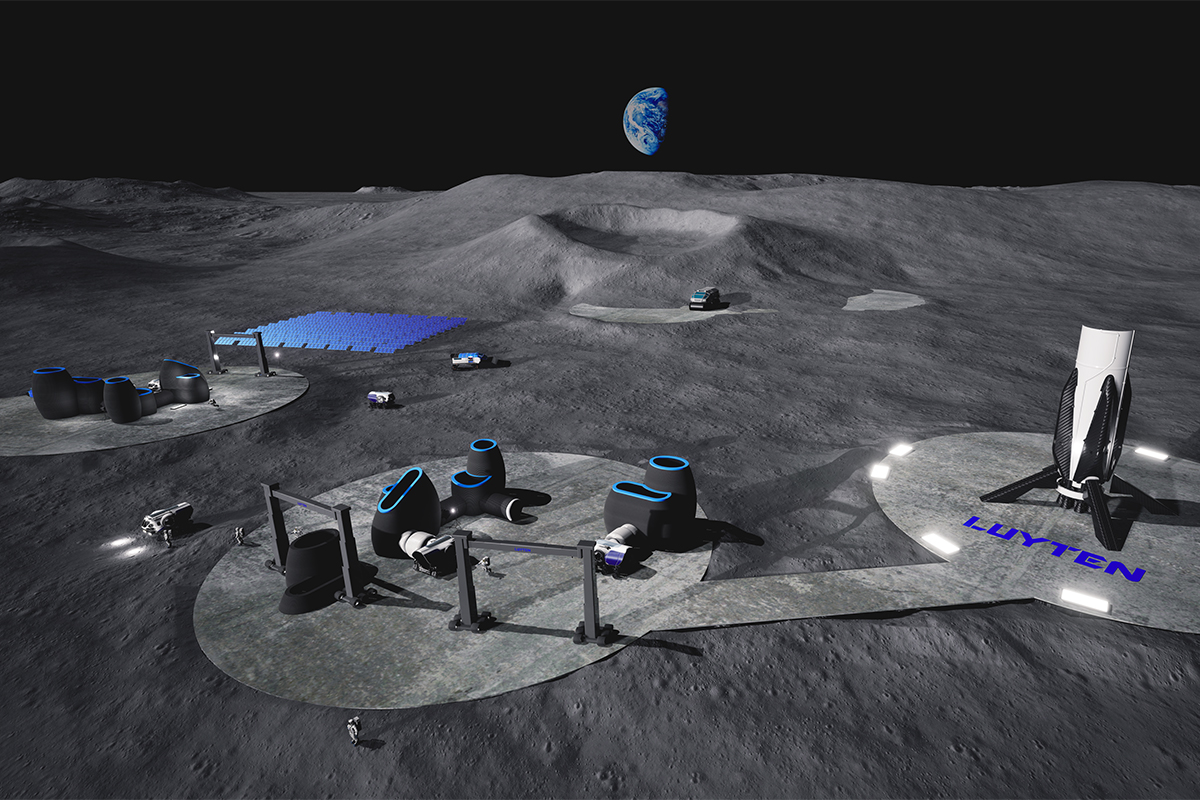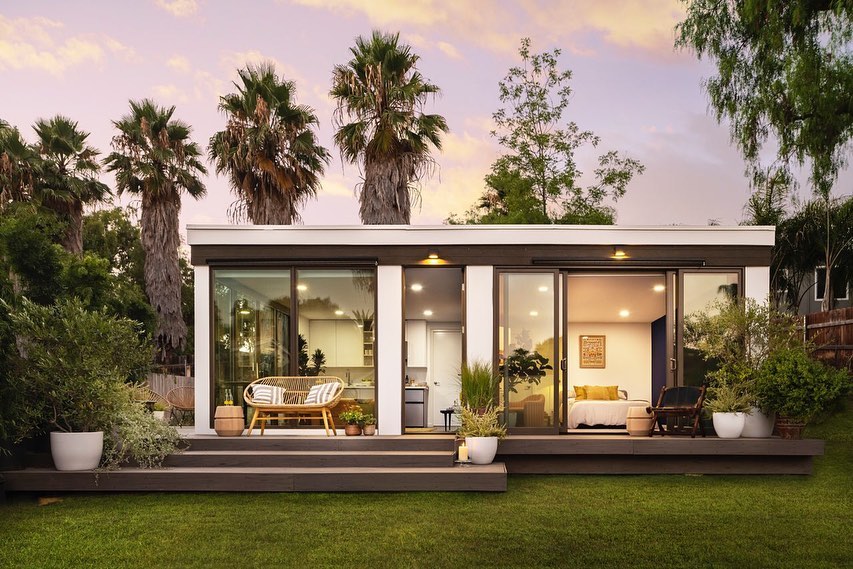The most innovative 3D printing companies in 2021
Every artist knows that having a vision or several before you’ve even begun the process of prototyping is where the gold lies. When great ideas are combined with technology the possibilities can take form. Some companies have managed to harness the capabilities of 3D printing to solve the 21st century’s most critical issues, from affordable and sustainable housing to reducing waste and even facilitating moon voyages.
The advantages that come with additive manufacturing or 3D printing are numerous, as it is cost-effective, sustainable, accessible, efficient, and guarantees a high-quality outcome with minimal human intervention.
Luyten

Australian 3D printing technology company Luyten was established in 2020 with the aim of making construction easier and more sustainable across industries – and it caught the attention of businesses around the world.
Through Project Meeka the company is focused on working with researchers at the University of NSW to construct a printer suitable to build a base on the moon. The foldable 3D printer ‘Platypus Galacticus’ will use lunar regolith (a substance on the moon’s surface) to create the settlement, which could happen as early as 2030. With technological advancements space transportation is becoming increasingly affordable, and the printer is designed to reach the moon in order to facilitate human settlement.
"When we developed our groundbreaking 3D concrete printers, we thought we would be solving building and construction issues across the globe – but with discussions currently taking place with people across the space industry we are now looking at solving building and construction issues on the moon," CEO Ahmed Mahil explains.
Mighty Buildings

Mighty Buildings specialises in producing stylish and sustainable 3D printed homes that range from 37 to 134 square metres. Guided by the vision to reimagine the building industry from factory to foundation, the construction of its high-quality modular homes involves less waste and fewer labour hours by drawing on new technologies and automating up to 80 per cent of the production process.
"The future of cities will not only have cleaner transportation, but cleaner buildings too. Ideas such as Mighty Buildings are remarkable: 3D printed homes that don’t use steel or cement that are 50 per cent less carbon footprint," explains investor Vinod Khosla, Founder of Khosla Ventures.
Utilising its award-winning Light Stone Material offers an energy efficient and near-zero waste solution that has caught the attention of leading publications including Forbes and Business Insider.
Upprinting Food
Upprinting Food stands out in the food printing industry, as it aims to reduce food waste through printing leftovers (bread, vegetables and fruits), which become new gourmet creations to be enjoyed.
Founder Elzelinde van Doleweerd predicts that 3D printing could well become the norm in the food industry. Her company collaborates with high-end restaurants to repurpose their waste in creative ways using extrusion technology.
"If you look at it from a simple perspective, a 3D printer just applies pressure to a syringe to extrude a puree. My theory was, if it works well with a normal piping bag, it should also work with a 3D printer," Van Doleweerd explains.
The process involves blending the ingredients together to create a puree, which is then printed, baked and dehydrated, giving it a crunchy texture. At this stage the recipes are rice or bread based, but the company is continually exploring possibilities.
FormLabs
FormLabs was one of the first companies to enable 3D printing for the mass market and is a leader in innovating with materials, including new ceramic and greyscale resins. These resins are capable of producing prints and have a wide range of applications across engineering, design, medicine and dental care.
With offices in Europe, the US and Asia, FormLabs is globally recognised for its high-performance materials and high-quality 3D printing software, which has placed digital fabrication in the hands of anyone.
Organovo
Founded in 2007, Organovo specialises in 3D bioprinting, having internally developed the NovoGen Bioprinter to enable the automated fabrication of multicellular tissue. Regarded as one of the most valuable companies in the industry, its models have a range of applications within the healthcare industry, making a significant contribution to the development of tissue models and therapeutic implants.
To date, its bioprinter technology is responsible for creating a range of tissues, including skeletal muscle, liver, eye, kidney and skin.
Stratasys
The founder of Stratasys invented one of the first 3D printing technologies over 30 years ago, and since then the company has been leading the industry by turning complex problems into simple solutions. Worth US$1.68 billion, Stratasys’ automotive clients include Honda, Volvo and Ford.
Working with the top aerospace, automotive, technology and medical players, Stratasys’ technologies enable these companies to stay ahead of the game by working at greater speed and with a reduction in costs. With offices in 13 countries, the teams are dedicated to bringing ideas to life through new manufacturing possibilities and constantly innovating.
Read Next: The global food trends that are transforming our world